Izieu
As Jewish families around Europe began to realize the danger of the Nazis, some decided to send their children to safer areas, such as the Free Zone in France and Italian occupied land. Exactly where they would be sent wasn’t obvious, but one way was to send them to special homes established for this purpose. Such home was established by Sabine and Marin Zlatin in the spring of 1943 in Izieu, about sixty kilometres east of Lyon. The Home in Izieu was on an idyllic farm up in the mountains overlooking a valley. At most there were about seventy children at home. Previously, the children had been at a home in the Vichy regime where, up to the German occupation of the Vichy regime in November 1942, they had been relatively safe. But after the occupation, the spouses took the children to Izieu, which was then in Italian-occupied territory and therefore safer, for the time being.
There they could feel safe because Italy did not hand out the Jews to the Germans. The children were given education and various activities occurred to make life as tolerable as possible in a time when everything could change over a day. This was the case when Italy surrendered in September 1943 and the Germans occupied Italy and the areas previously occupied by Italy. Sabine Zlatin realized the danger and asked to dissolve the home and send the children to safer places. This turned out to be difficault, although no direct threat was issued against the home. But Sabine understood that the home was in danger of Nazi persecution. The Nazis could strike without warning on any day, and that day was April 6, 1944. At that time, there were 45 children aged 5 to 17 years and seven directors in the home.
Just before breakfast and without warning, two trucks with soldiers appeared in front of the home. At the same time, a car arrived with the head of Lyon’s Gestapo, SS-Hauptsturmführer Klaus Barbie. In the uproar, 44 children and seven directors were arrested, one child managed to escape by jumping out of a window. The others were taken to a Montluc Prison in Lyon and the very next day they were deported to the Drancy transit camp outside Paris. On April 13, 34 children and 4 directors were put on convoy 71 and deported to Auschwitz. The convoy arrived three days later and at the subsequent selection all 34 children and 2 directors were sent to the gas chamber, two directors were selected for slave labor.
A further four convoys departed from Drancy between April and June in which 8 children and the remaining directors were included, all of them murdered immediately after arrival. Two children (teens) and Marin Zlatin, already in Drancy, were sent together with convoy 73 to Reval (now Tallinn) for slave labor. They were later shot outside Reval in the summer of 1944. Only one of the two directors selected for work at Auschwitz survived the war. Sabine Zlatin, who at the time of her arrest was in a different location, also survived the war.
Current status: Preserved with museum (2012).
Address: 70 route de Lambraz, 01300 Izieu.
Get there: Car.
Follow up in books: Linklater, Magnus: The Nazi Legacy: Klaus Barbie and the International Fascist Connection (1985).
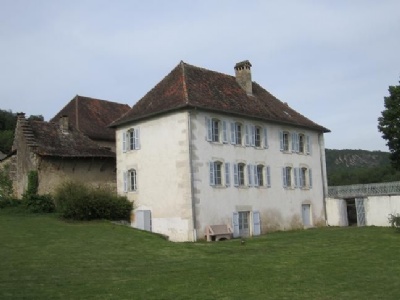
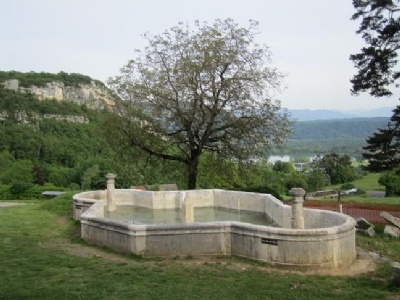
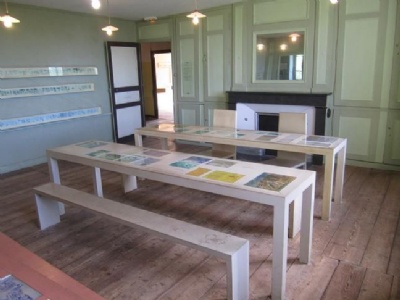
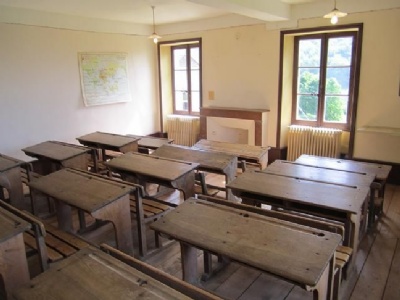
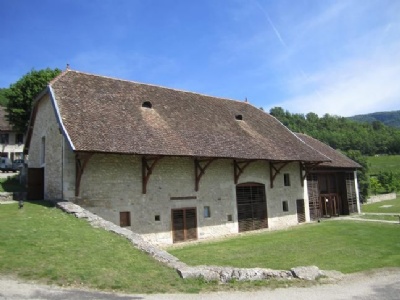
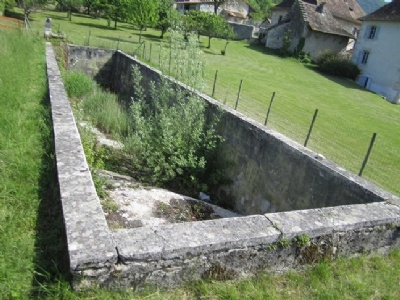
The Museum is beautifully situated and in a nearby barn a museum has been set up while the home itself is a memorial. The most interesting thing at the museum is nevertheless the information about Klaus Barbie as his role as the head of the Gestapo in Lyon, his involvement in the raid, his escape and living in South America and the subsequent trial. Inside the house are several photographs of the children who were arrested, drawings made by the children and letters they wrote. It also seems that the museum is visited by many middle school classes. The reason is certainly that these students are the same age as several of the children who were in the home, which makes it easier to identify them with themsleves.